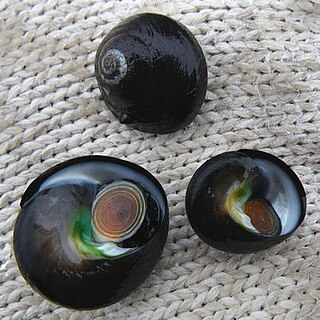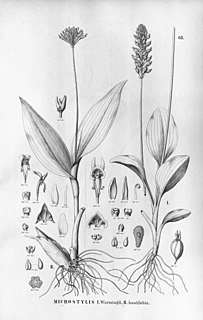
Excavata is a major supergroup of unicellular organisms belonging to the domain Eukaryota. It was first suggested by Simpson and Patterson in 1999 and introduced by Thomas Cavalier-Smith in 2002 as a formal taxon. It contains a variety of free-living and symbiotic forms, and also includes some important parasites of humans, including Giardia and Trichomonas. Excavates were formerly considered to be included in the now obsolete Protista kingdom. They are classified based on their flagellar structures, and they are considered to be the most basal Flagellate lineage. Phylogenomic analyses split the members of the Excavates into three different and not all closely related groups: Discobids, Metamonads and Malawimonads. Except for Euglenozoa, they are all non-photosynthetic.

Discicristata is a proposed eukaryotic clade.
Keith MacKenzie Forbes is a former Australian rules footballer who played for Coburg in the Victorian Football Association (VFA), and for Essendon, North Melbourne, and Fitzroy in the Victorian Football League (VFL).

The Phaegopterina are a subtribe of tiger moths in the tribe Arctiini, which is part of the family Erebidae. The subtribe was described by William Forsell Kirby in 1892. 469 species of Phaegopterina are present and 52 that are recently discovered in Brazil.
Eopharingia is an excavata grouping.

Bathytoma is a genus of deep-water sea snails, marine gastropod mollusks in the family Borsoniidae.

Chlorostoma is a genus of sea snails, marine gastropod mollusks in the family Tegulidae.
Andalucia is a genus of jakobids.

Calyptraea, commonly known as the Chinese hat snails is a genus of sea snails, marine gastropod mollusks in the family Calyptraeidae, a family which contains the slipper snails or slipper limpets, cup-and-saucer snails, and Chinese hat snails.
Mycerinopsis is a genus of beetles in the family Cerambycidae, containing the following species:
Oopsis is a genus of beetles in the family Cerambycidae, containing the following species:
Amblymora (=Australothelais) is a genus of longhorn beetles of the subfamily Lamiinae, containing the following species:
Stenidea is a genus of longhorn beetles of the subfamily Lamiinae, containing the following species:

Batrachorhina is a genus of longhorn beetles of the subfamily Lamiinae, containing the following species:
Oopsis excavata is a species of beetle in the family Cerambycidae. It was described by Breuning in 1939.
Amblymora excavata is a species of beetle in the family Cerambycidae. It was described by Stephan von Breuning in 1939. It is known from Moluccas.

Malaxis excavata is a species of orchid widespread across much of Mesoamerica and South America from Mexico to Argentina. It has green flowers in a flat-topped array.
Gonionota is a moth genus of the family Depressariidae.
Wurmiella is an extinct conodont genus.








